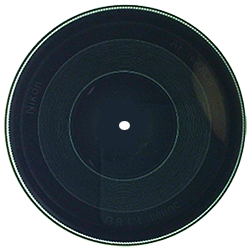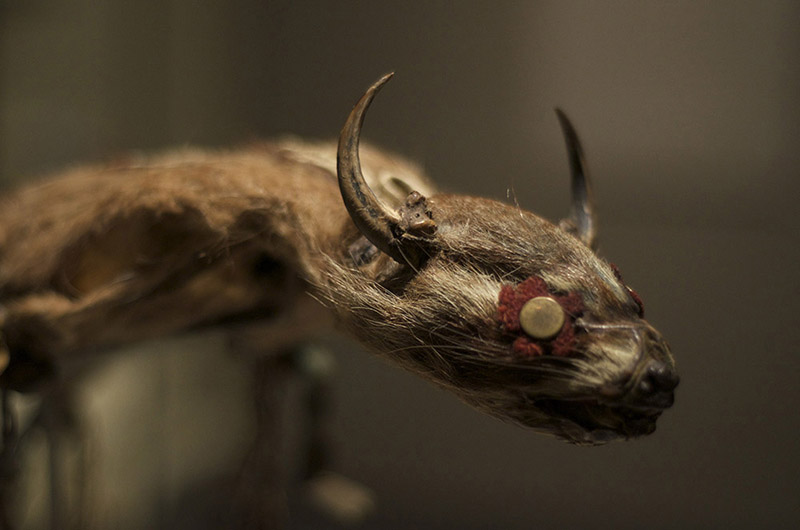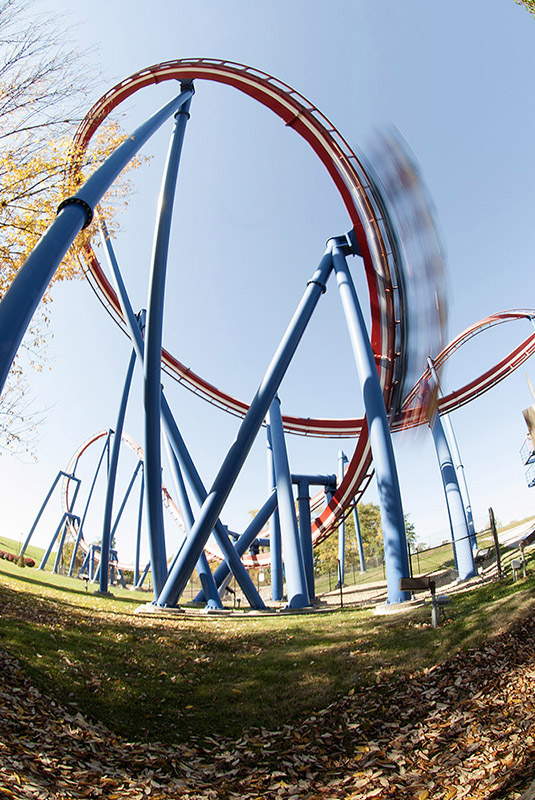Aperture

Aperture is one of the three corners of the exposure triangle. Along with shutter speed, it controls how much light gets through the lens and onto the recording medium (chip or film) in the back of your camera. The shutter controls how long the medium is exposed, and the aperture (also known as f-stop) controls how much light gets through the lens to begin with.
The aperture is an iris valve inside your lens. As a simple understanding of physics might imply, opening it way up lets a lot of light in, and closing it down to a tiny hole keeps things pretty dark inside your camera.
The tricky part is remembering that as the f-number goes up, the hole gets smaller. The system seems counterintuitive, but it actually works when you’re trying to calculate EV using math.
f/1.8
f/5.6
f/22



The main reason for aperture adjustments is to compensate for the other two points on the triangle, especially shutter speed). Often in low light situations – such as this picture of a museum exhibit – I find myself opening the aperture as wide as I can get it so I don’t end up with a shutter so slow that the image ends up ruined by camera shake.

Nikon D7000, 50mm, 1/160, F/1.8, ISO 1250 (see blog entry)

At the opposite end of the shutter speed range, a narrow aperture is your best friend if you’re working in bright light but you need to slow the shutter down to capture some motion blur.
Nikon D3000, 10.5mm, 1/10, F/22, ISO 100, adjusted (see blog entry)
Like the other two controls, however, aperture has another effect. A wider f-stop leads to a narrower depth of field. Let’s have a look at how that works when photographing a line of Teletubbies.

In order to get control over my aperture, I start by putting my camera in aperture priority mode. This lets me manually set the aperture and tells the camera to automatically adjust the other controls to compensate.

Nikon D7000, 50mm, 1/320, F/1.8, ISO 100
With the aperture opened as wide as it will go, I can keep only part of the shot in focus. Indeed, the depth of field is so narrow that when I focus on the red one’s face, I’m starting to lose his (her? its?) arms and legs. And of course at the back of the shot the purple one is a complete blurry mess.
In easy-to-remember terms: the wider the aperture, the narrower the depth of field.


Nikon D7000, 50mm, 1/2, F/22, ISO 100
Now let’s move to the opposite end of the aperture range. When I close down to f/22, my depth of field becomes much wider. Now I can get all four of my subjects in focus (maybe losing just a bit on the purple one). Note that when I “stop down” to a narrower aperture, the camera compensates by decreasing the shutter speed to let more light through.
So the rule here is the flip-flop of the last one: the narrower the aperture, the wider the depth of field.

For more examples of how aperture affects light and depth of field, have a look at these entries in The Photographer’s Sketchbook blog.
You’ll also find plenty of links to further information about aperture on the “Camera Controls” board on Pinterest.
